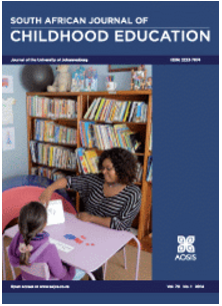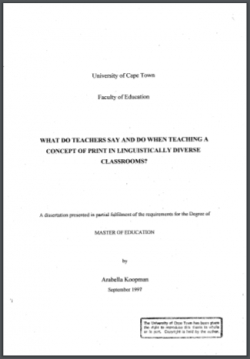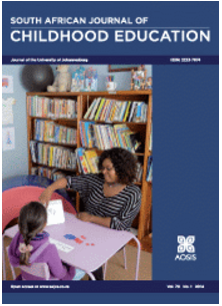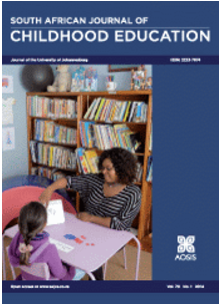South African Journal of Childhood Education 3(1):a30 Development of numerical concepts
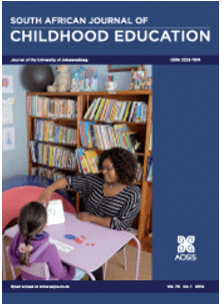
Type
E-Journal
Authors
ISSN
2223-7682
Category
ECCE, Preschool
[ Browse Items ]
Publication Year
2013
Publisher
Aosis OpenJournals, Durbanville, Cape Town, South Africa
URL
[ private ]
Pages
17 p.
Subject
Early childhood education, Preschool education, Young children, Numerical development, Numerical abilities, Numerical cognition, Numerical concept, Cardinality, Part-part-whole
Tags
Abstract
The development of numerical concepts is described from infancy to preschool age. Infants a few days old exhibit an early sensitivity for numerosities. In the course of development, nonverbal mental models allow for the exact representation of small quantities as well as changes in these quantities. Subitising, as the accurate recognition of small numerosities (without counting), plays an important role. It can be assumed that numerical concepts and procedures start with insights about small numerosities. Protoquantitative schemata comprise fundamental knowledge about quantities. One-to-one-correspondence connects elements and numbers, and, for this reason, both quantitative and numerical knowledge. If children understand that they can determine the numerosity of a collection of elements by enumerating the elements, they have acquired the concept of cardinality. Protoquantitative knowledge becomes quantitative if it can be applied to numerosities and sequential numbers. The concepts of cardinality and part-part-whole are key to numerical development. Developmentally appropriate learning and teaching should focus on cardinality and part-part-whole concepts.
Description
Article
Number of Copies
1
| Library | Accession No | Call No | Copy No | Edition | Location | Availability |
|---|---|---|---|---|---|---|
| Main | 671 | 1 | Yes |

